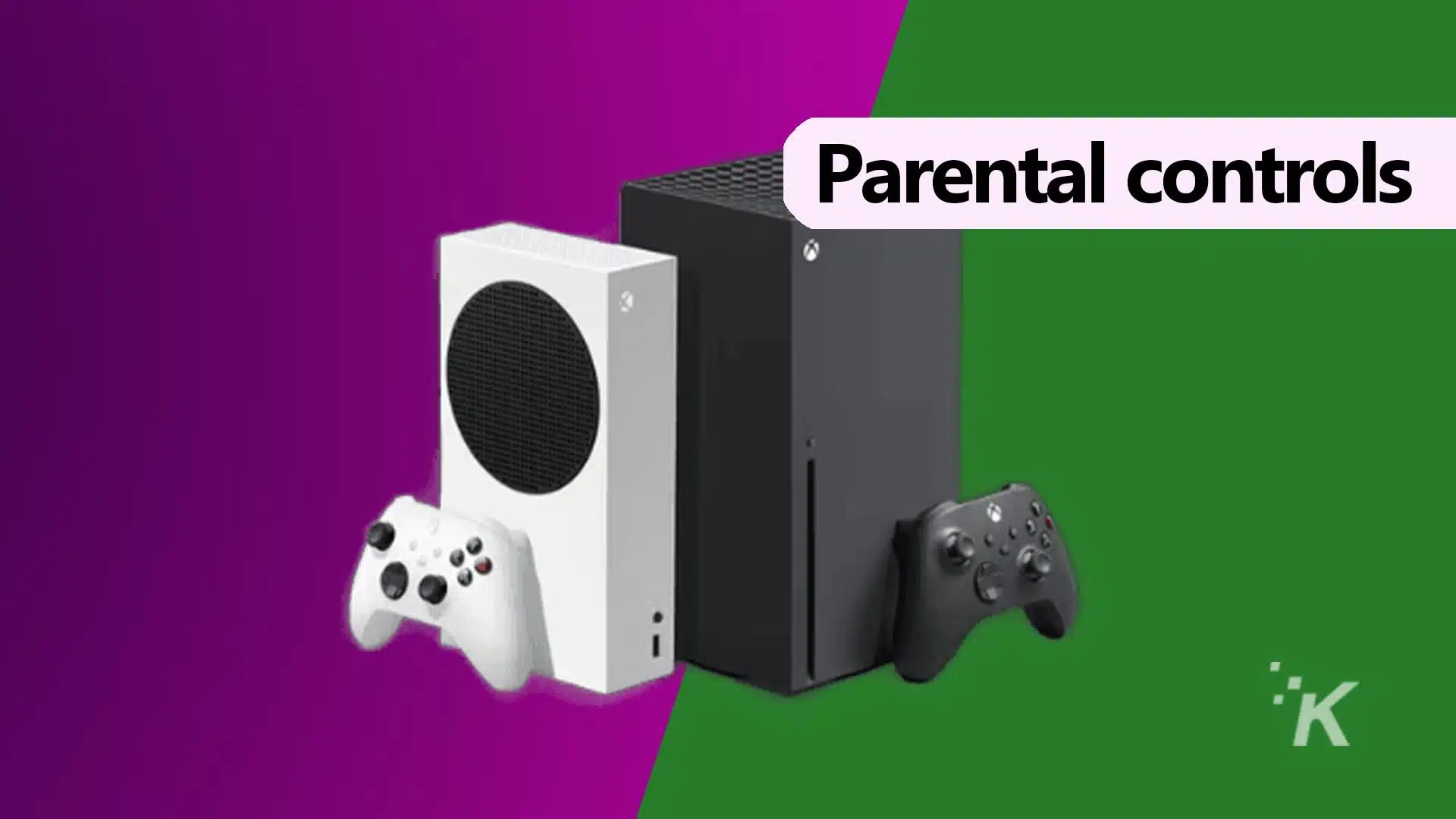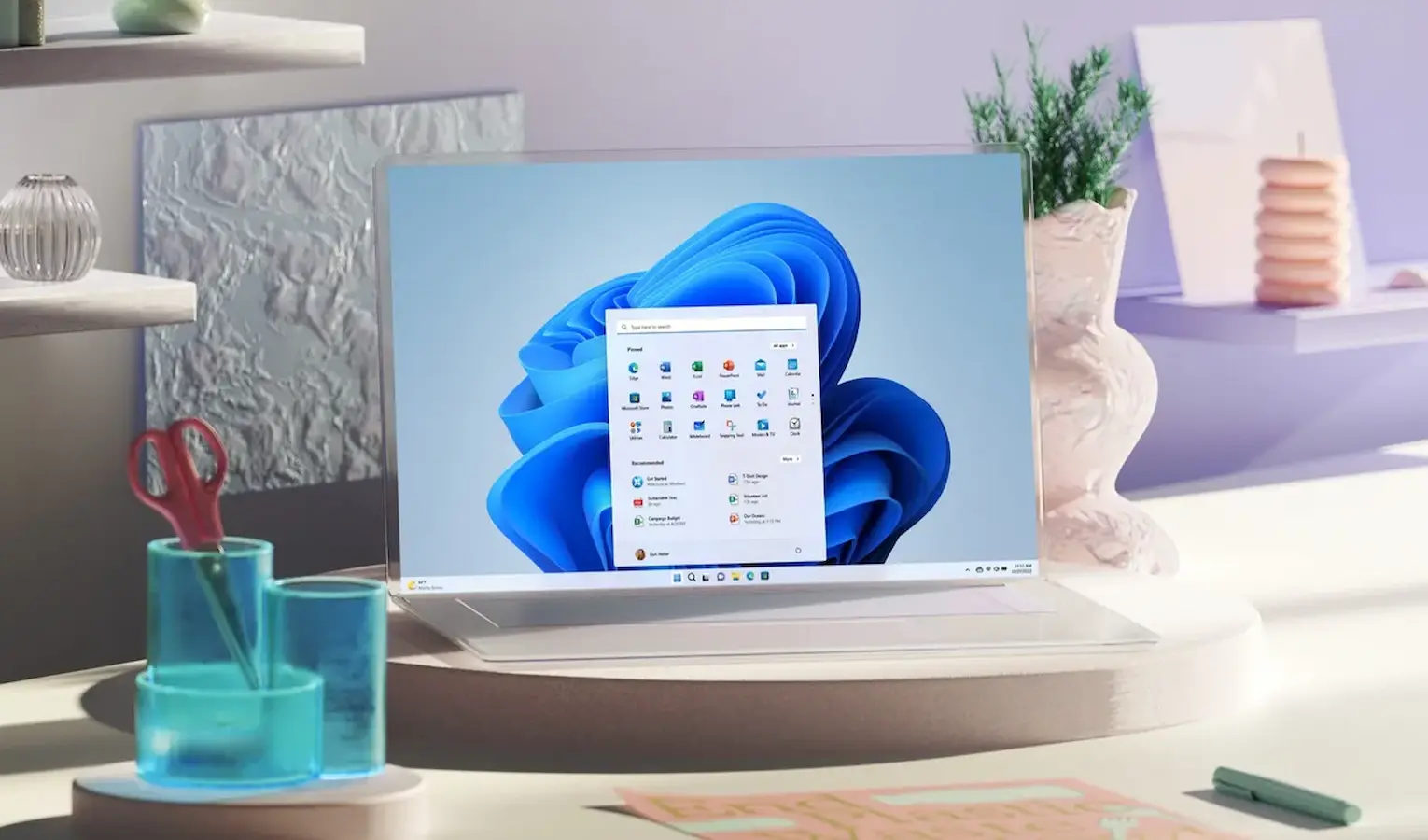Although Microsoft Edge consumes fewer system resources than Chrome, it still has a few problems. Recently, many Windows 11 users have been facing problems with the Microsoft Edge Shortcut.
Windows users have reported that the Microsoft Edge Shortcut keeps appearing on the desktop automatically. The problem is that the shortcut appears even after removing it. A few users on Microsoft Forums have also stated that the Microsoft Edge shortcut appears after the restart.
If you are using Windows and experiencing the same problem, here’s how to fix it.
1. Add a new Registry entry
This method will add a new entry to the Windows registry, preventing Edge browser from creating shortcuts on your desktop. Here’s what you need to do.
1. Right-click on your desktop and select New > Text Document.


2. On the text document, copy and paste the below content.
Windows Registry Editor Version 5.00 [HKEY_LOCAL_MACHINESOFTWAREPoliciesMicrosoftEdgeUpdate] "CreateDesktopShortcutDefault"=dword:00000000 "RemoveDesktopShortcutDefault"=dword:00000001


3. Once done, click on the File menu at the top-right corner and select the Save As option.




5. After saving the reg file, move to the desktop screen and double-click on the file. You will see a confirmation prompt; click on the Yes button.


2. Remove Microsoft Edge as Default Browser
When you set a web browser as the default, you give it many system permissions to run background services and tasks. So, if you have set Microsoft Edge as the default web browser, the best option is to remove it.
It’s easy to remove Microsoft Edge as the default browser on Windows; follow these simple steps.
1. First, click on the Windows Start menu and select Settings.


2. On Settings, switch to the Apps section on the left.


3. On the right side, click on the Default apps.


4. Use the search bar for any web browser other than Edge.


5. After selecting the web browser, click the Set default option at the top-right corner.


3. Disable Microsoft Edge Running on Startup
If the Microsoft Edge shortcut appears on the desktop after the restart, you need to find and disable Edge from the Startup Apps tab of Task Manager. To do so, follow some of the simple steps we have shared below.
1. First, click on Windows search and type in Task Manager.


2. When the Task Manager opens, switch to the Startup apps on the left.


3. On the right side, find and select msedge.exe.
4. On the top-right corner, click on Disable.


This will prevent the Microsoft Edge browser from running during Windows startup. From now on, the Microsoft Edge shortcut will not appear on the desktop after you restart.
4. Disable Edge Related Taks on Task Scheduler
Microsoft Edge runs many processes in the background. Schedule tasks for the Microsoft Edge browser include checking for updates, creating a desktop shortcut, etc. So, the scheduled tasks are often responsible for adding a new Edge shortcut on your Windows desktop.
Hence, you will have to access the Windows Task Scheduler and stop all edge-related tasks. Here’s how to do it.
1. Click on Windows Search and type Task Scheduler. Next, open the Task Scheduler app from the list of available options.


2. When the Task Scheduler opens, select Task Scheduler Library.


3. Now, right-click on the MicrosoftEdgeUpdateTaskMachineCore and disable it.


4. You also need to disable the MicrosoftEdgeUpdateTaskMachineUA.


5. Make Changes to the Local Group Policy Editor
You can also make a few changes to the Local Group Policy Editor to prevent Microsoft Edge Shortcut from appearing on your desktop. To do so, follow some of the simple steps we have shared below.
1. First, click on Windows search and type in Local Group Policy Editor. Next, open the relevant app from the list.


2. On the Local Group Policy Editor, navigate to the following path:
Computer Configuration > Administrative Templates > Windows Components > Microsoft Edge.


3. On the right side, find and double click on the Allow Microsoft Edge to pre-launch at Windows startup, when the system is idle, and each time Microsoft Edge is closed policy.


4. On the prompt, select Disabled and click the Apply button.


6. Update your Windows Operating System


If the Microsoft Edge shortcut keeps appearing on the desktop even after following all methods, you need to update your Windows operating system.
Updating the operating system is a great way to ensure that your system has no bugs and the latest features. Also, updating Windows will install all necessary device drivers on your system.
So, if the Microsoft Edge shortcut keeps appearing on your desktop due to a system glitch or bug, it’s time to update the operating system by going through Settings > Windows Update > Check for Update.
Also read: How to Import Chrome Data to Microsoft Edge
These are some of the best and easiest ways to fix the Microsoft Edge shortcut that keeps appearing on the desktop on Windows. Let us know in the comments below if you need more help fixing the problem. Also, if the article helped you, share it with your friends.
“Hey there! Just so you know, we’re an Amazon affiliate. This means if you buy something through our links, we may earn a small commission. It doesn’t cost you extra and helps keep our lights on. Thanks for supporting us!”










